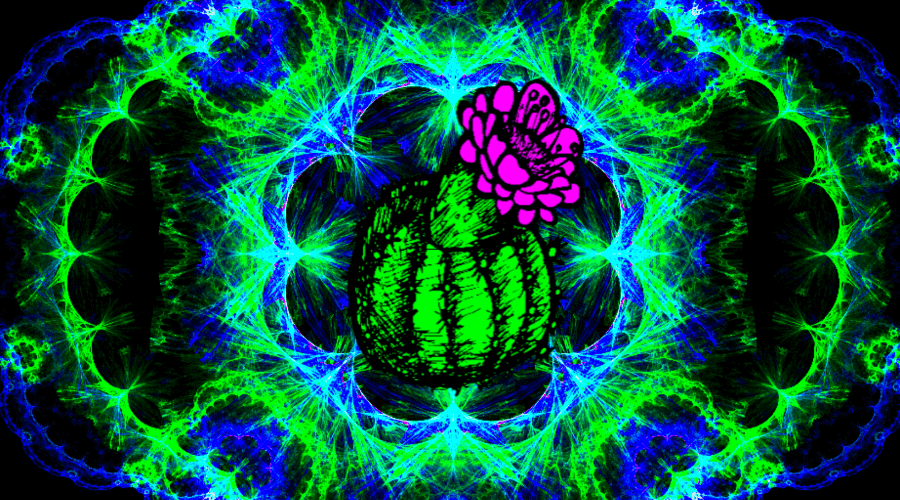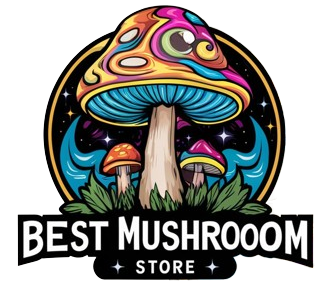Hey there, fellow psychonauts! Buckle up, because we’re about to dive deep into the realm of mescaline vs peyote cactus. They seem to be an inseparable couple: one is always mentioned with the other. But should they? Let’s explore!
Too Long; Didn’t Read
- Mescaline and peyote are tight-knit pals, with mescaline taking center stage in peyote buttons. 🌵
- Peyote has over 50 alkaloids, including the hype-man hordenine, which amps up mescaline’s effects. ⏫
- Mescaline isn’t a one-cactus wonder and can also be found in the San Pedro cactus, a popular player in traditional ceremonies. 🙏
- But hey, mescaline and peyote can also go their separate ways, with mescaline extracted for synthetic adventures or chewed straight from peyote buttons. 🧍 🧍
The Relationship Between Peyote and Mescaline
Before we start comparing mescaline vs peyote, you must understand why these two are tied together. See, peyote, scientifically known as Lophophora williamsii, is a small, spineless cactus. This little fella has been revered by indigenous cultures for ages, thanks to its mind-altering effects. And what is causing them? You guessed it – mescaline!
Comparing Mescaline vs Peyote
Now, mescaline is a naturally occurring psychedelic alkaloid, and happens to be the most famous one in peyote. Don’t think mescaline limits itself to peyote alone, though. This trippy compound is a bit of a wild child, and can be found in other sources, like San Pedro cactus or the Peruvian Torch cactus. In theory, mescaline is not addictive (but we all know what happens when we get too much of a good thing).

The Effects of Mescaline
Mescaline is a hallucinogen, meaning it will provide a series of hallucinations and profound visions, altered perception, and an opportunity for self-discovery. Whether it’s taken synthetically, or in any form of peyote, these hallucinogenic effects will last a long time (a few hours at least; of course, depending on the dose).
The Peyote Plant
Peyote isn’t just a one-trick pony, either. This remarkable cactus boasts over 50 alkaloids, with hordenine being the most abundant. It amplifies mescaline’s mind-bending effects. (A dynamic duo, you might say!) But there’s more to that alkaloid. It has antibiotic properties!
Peyote can be chewed as it is, but it’s usually soaked in water, and brewed. It’s a bitter bite, so brewing prevents nausea and vomiting. It’s also worth your attention to mention (rhyme intended) that there are some wild species of peyote which aren’t entirely psychedelic. The concentration of mescaline in them is pretty low, so it won’t prompt a trip.
Fun Fact ✨
The word “peyote” is derived from the Nahuatl word “peyōtl,” which means “caterpillar cocoon,” referencing the cactus’ appearance.
Peyote and Mescaline: Inseparable?
Hold your horses before you jump to conclusions. When we compare mescaline vs peyote, it’s likely you see them as very independent. Mescaline, being the chemical superstar it is, can be extracted from peyote and used in various forms. Some folks prefer to get their synthetic groove on, while others like to chew on those bitter peyote buttons for the au naturel experience.
So, how are they both still perceived as bonded for life? The answer lies in Native American practices. Peyote (and other cacti, for that matter) have been used for religious ceremonies for literally thousands of years. After peyote is gathered, it is then brewed into a mescaline tea. Then, mescaline does its thing, and allows the shaman to guide the users. The ceremony is what unifies both mescaline and peyote.
Psychedelic Wrap-Up
As you set forth on your own mescaline and peyote escapades, approach these substances with respect and caution. Understanding the nuances of mescaline vs peyote, the rich traditions of religious ceremonies, and the cultural tapestry surrounding these mind-bending experiences can truly enrich your journey. Whether you seek an introspective rite of passage or crave a fresh perspective on the world, they both open the realm of hallucination and self-discovery.
Thanks for reading! And as always: happy tripping!
Similar Posts:
- Is San Pedro Cactus Legal? The Legality of Echinopsis Pachanoi
- Mescaline vs. LSD – Let’s Compare These Popular Hallucinogens
- The Marvel of Echinopsis Peruviana: Meet the Peruvian Torch Cactus, San Pedro and Peyote’s Mescaline Cactus Cousin
- Is Peyote Legal? Can You Cultivate It? | The Legal Status of Peyote
- San Pedro Cactus (Echinopsis Pachanoi) 🌵 All You Need to Know
- How Much Is Peyote Worth? Cactus Controversial?
- San Pedro Cactus Psychedelic Effects. What You Need to Know




